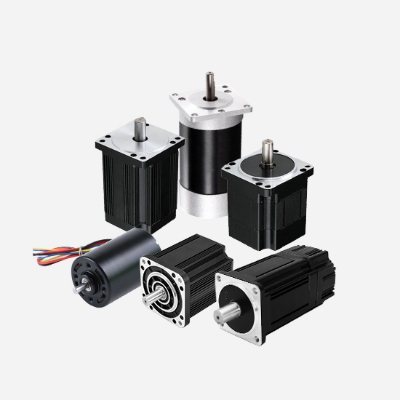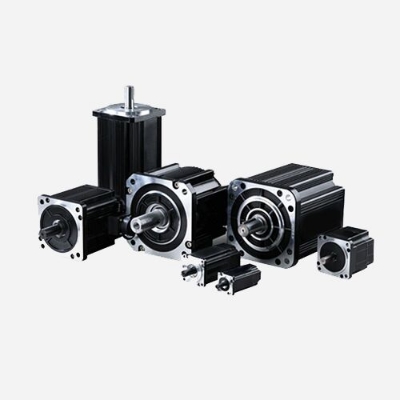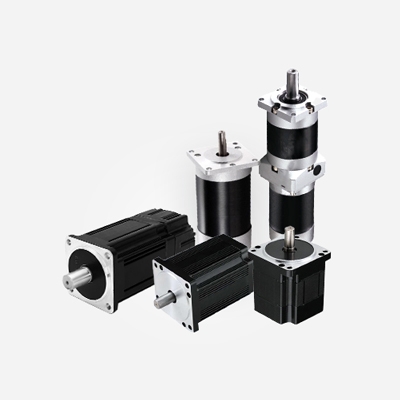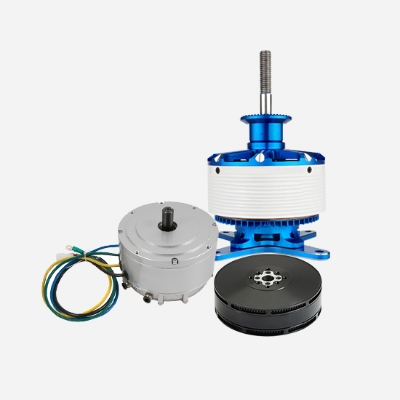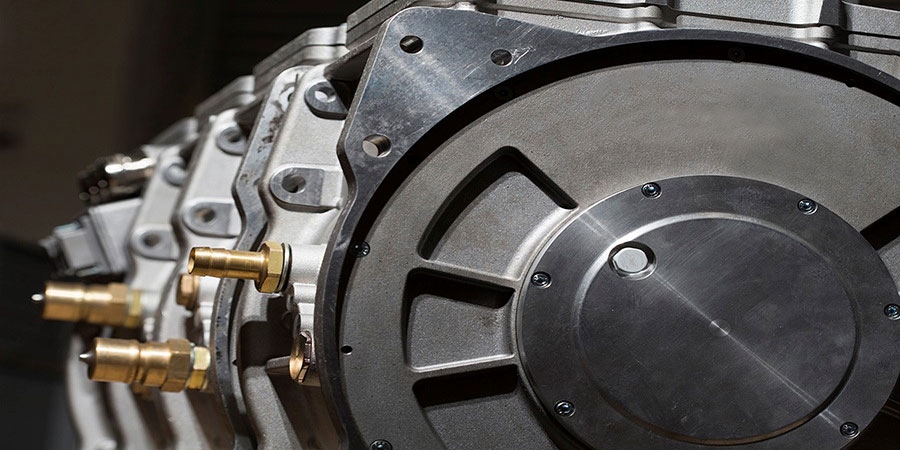The Predicament of Traditional Motors
Throughout the long history of industrial development, traditional motors have long dominated as the core power source for many devices. However, with rapid technological advancements and the continuous upgrading of societal needs, the limitations of traditional motors have become increasingly apparent. These issues not only constrain the improvement of equipment performance but also pose challenges to production efficiency, energy utilization, and environmental protection.
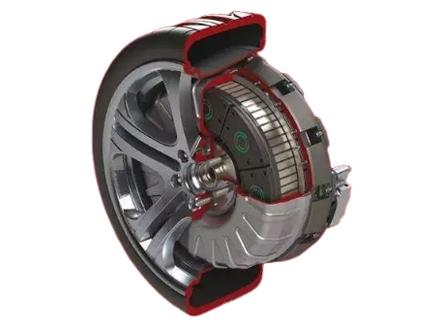
Efficiency Bottleneck: The Energy-Wasting Black Hole
Traditional motors generally suffer from low energy conversion efficiency, with a significant portion of electrical energy wasted during the process of converting to mechanical energy. Taking the commonly used asynchronous motor as an example, under certain load conditions, its efficiency may even fall below 70%. This means that for every 100 kWh of electricity input, over 30 kWh is wasted, converted into useless heat or other forms of energy loss. In an era of increasingly scarce energy and stricter environmental regulations, this high-energy-consumption model undoubtedly increases operational costs for businesses and causes significant resource waste.
Short Lifespan: The Trouble of Frequent Replacements
The lifespan of traditional motors often falls short of expectations. For example, in DC motors with carbon brushes, the frequent friction between the carbon brushes and the commutator is a key factor limiting the motor's lifespan. The carbon brushes gradually wear out during use and require regular replacement, which not only increases maintenance costs but also causes downtime, affecting the continuity of production.
Noise Pollution: The Disturbance in the Working Environment
Traditional motors often generate significant noise during operation, primarily due to electromagnetic vibration, mechanical friction, and air movement. In factory workshops, when multiple traditional motors run simultaneously, the resulting noise becomes a major disturbance, severely affecting workers' work environments and mental health. Prolonged exposure to high-decibel noise can lead to hearing loss, lack of concentration, and other issues, reducing work efficiency and increasing the risk of operational mistakes.
Introducing BLDC Worm Gear Motors
As traditional motors face their limitations, BLDC worm gear motors have emerged as a shining new star, bringing new hope to the motor industry with their exceptional technological advantages and innovative design. By integrating advanced brushless DC (BLDC) technology with the unique benefits of worm gear transmission, BLDC worm gear motors differ significantly from traditional motors in terms of structure and working principles, showcasing a range of remarkable performance characteristics.
Unique Structure, Extraordinary Performance
A BLDC worm gear motor mainly consists of key components such as the stator, rotor, position sensors, and electronic controller. The stator, the fixed part of the motor, is typically made of laminated silicon steel and wound with multi-phase coils, which act as the motor's "power source," generating a rotating magnetic field when energized. The rotor, made of permanent magnet materials, has alternating N and S poles to form a stable magnetic field. This permanent magnet rotor design not only reduces energy loss but also improves the motor's efficiency and reliability.
Brushless Commutation, Opening a New Era of Efficiency
Unlike traditional motors, which rely on mechanical commutation, BLDC worm gear motors utilize advanced electronic commutation technology. When current flows through the stator coils, it generates a rotating magnetic field that interacts with the permanent magnet rotor's magnetic field, producing electromagnetic torque to drive the rotor's rotation. To maintain continuous rotor rotation, the electronic controller adjusts the current in the stator coils in a specific sequence, based on feedback from the position sensors, to achieve brushless commutation. This method eliminates the friction and wear between carbon brushes and commutators, significantly improving motor efficiency and lifespan.
Performance Advantages of BLDC Worm Gear Motors
- High Efficiency and Energy Saving, Green Pioneer
As energy issues become more pressing, energy-saving is an important consideration for industries. BLDC worm gear motors stand out in energy efficiency due to their advanced electronic control technology. Through precise control, the electronic controller can adjust the current and voltage based on the motor's actual operational needs, ensuring that the motor operates efficiently. This precision allows the motor to maintain high energy conversion efficiency across different load conditions, greatly reducing energy consumption. This is one of the main reasons why we BRUSHLESS highlights the importance of BLDC motors.
- Long Lifespan and Reliability
The brushless design of BLDC worm gear motors is key to their long lifespan and high reliability. In traditional brushed motors, the friction between the carbon brushes and the commutator leads to both energy loss and gradual wear, shortening the motor's lifespan. BLDC worm gear motors, by employing electronic commutation, completely eliminate this vulnerable part, greatly reducing mechanical friction and wear.
- Low Noise, Quiet Performer
In many application scenarios, noise is a significant issue, not only affecting the comfort of the working environment but also potentially harming physical and mental health. BLDC worm gear motors stand out with their low noise characteristics, creating a quiet environment for both work and life. This low noise is mainly due to the brushless design and optimized driving algorithms. The absence of friction between the carbon brushes and the commutator eliminates a major source of noise.
- Precise Control, Flexible Master
In industrial automation and intelligent devices, precise motor control is crucial. Thanks to its advanced control technology, the BLDC worm gear motor can achieve precise speed and position control, meeting the needs of various complex operating conditions.
Wide Range of Applications
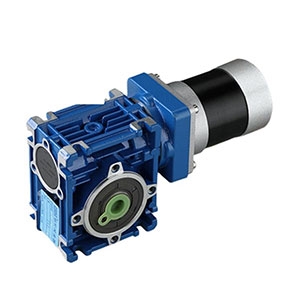
In the smart home sector, BLDC worm gear motors are used in air conditioners, refrigerators, washing machines, and other household appliances, enhancing performance and energy efficiency. In industrial automation, they assist production lines and robots in improving efficiency and product quality. In the electric vehicle sector, they are applied in drive systems and cooling systems, promoting advancements in electric vehicle technology. In smart security equipment, such as worm gear camera pan-tilt systems, they ensure precise and stable operation, enhancing security monitoring.
In today’s rapidly developing technological landscape, BLDC worm gear motors, with their outstanding performance advantages and broad application prospects, have become the ideal choice for numerous industries. They address long-standing issues in traditional motors such as low efficiency, short lifespan, and noise pollution, while injecting strong momentum into the intelligent and green development of various industries.
From the comfortable experience of smart homes to efficient industrial production; from the power revolution in electric vehicles to reliable security in smart surveillance, BLDC worm gear motors are changing the way we live and work. As technology continues to innovate and costs decrease, they will undoubtedly be deeply applied in more fields in the future, bringing more surprises and transformations to society.
Therefore, focusing on and supporting the development of BLDC worm gear motor technology is not only a wise decision to align with the trend of the times but also a responsibility to advance industry progress and achieve sustainable development. Let’s work together and look forward to the even greater achievements of BLDC worm gear motors in the future!

